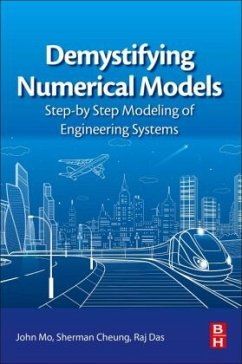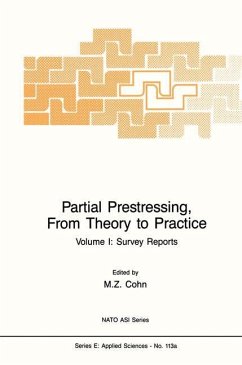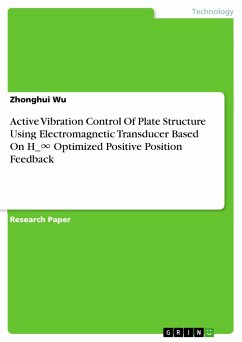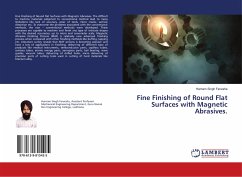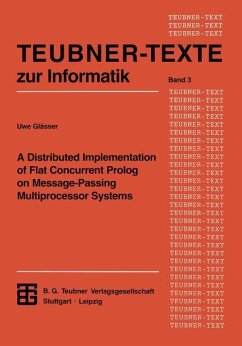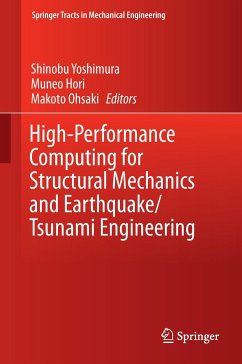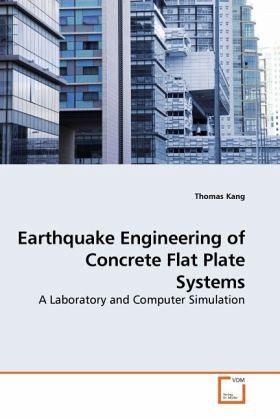
Earthquake Engineering of Concrete Flat Plate Systems
A Laboratory and Computer Simulation
Versandkostenfrei!
Versandfertig in 6-10 Tagen
52,99 €
inkl. MwSt.

PAYBACK Punkte
26 °P sammeln!
Use of flat plate systems has become increasingly popular; however, relatively sparse experimental data are available to assess the dynamic responses and performance of such systems. To address these gaps, shake table tests of two, one-third scale, two-bay by two-story flat plate frames with shear reinforcement were conducted. One of the specimens consisted of a conventional reinforced concrete flat plate, whereas the other specimen consisted of nominally reinforced flat plate with post-tensioning reinforcement. The post-tensioned slab-column frames performed well, verifying that this commonly...
Use of flat plate systems has become increasingly
popular; however, relatively sparse experimental
data are available to assess the dynamic responses
and performance of such systems. To address these
gaps, shake table tests of two, one-
third scale, two-bay by two-story flat plate frames
with shear reinforcement were conducted. One of the
specimens consisted of a conventional reinforced
concrete flat plate, whereas the other specimen
consisted of nominally reinforced flat plate with
post-tensioning reinforcement. The post-tensioned
slab-column frames performed well, verifying that
this commonly used system is effective. Although
slab-column punching failures occurred during the
tests, lateral drift ratios of about 4% and
5% were achieved for the RC and PT
frames, respectively, with relatively little loss of
lateral load capacity. Analytical studies were
conducted to validate models for simulating dynamic
responses of the slab-column frames and to improve
the response predictions by implementing a limit
state model for punching failures. The
analytical models investigated were capable of
reproducing the experimental responses quite well.
popular; however, relatively sparse experimental
data are available to assess the dynamic responses
and performance of such systems. To address these
gaps, shake table tests of two, one-
third scale, two-bay by two-story flat plate frames
with shear reinforcement were conducted. One of the
specimens consisted of a conventional reinforced
concrete flat plate, whereas the other specimen
consisted of nominally reinforced flat plate with
post-tensioning reinforcement. The post-tensioned
slab-column frames performed well, verifying that
this commonly used system is effective. Although
slab-column punching failures occurred during the
tests, lateral drift ratios of about 4% and
5% were achieved for the RC and PT
frames, respectively, with relatively little loss of
lateral load capacity. Analytical studies were
conducted to validate models for simulating dynamic
responses of the slab-column frames and to improve
the response predictions by implementing a limit
state model for punching failures. The
analytical models investigated were capable of
reproducing the experimental responses quite well.



